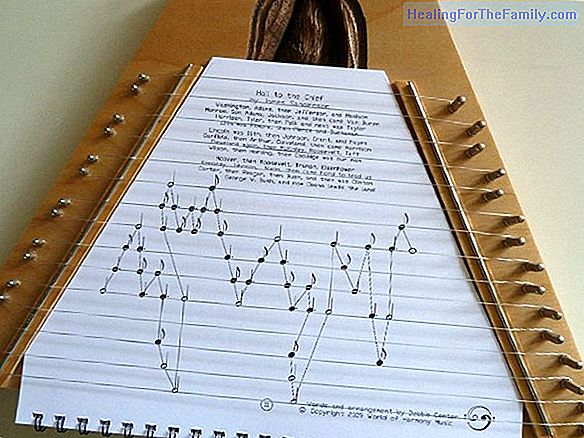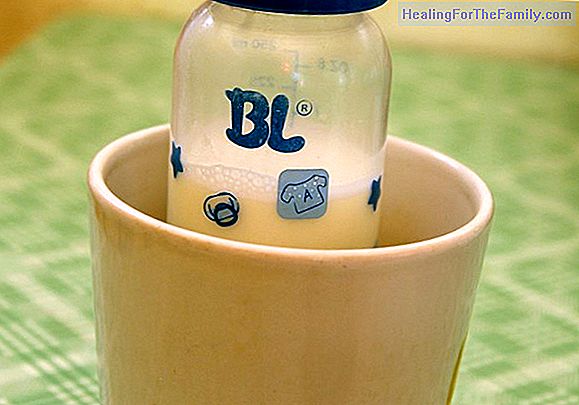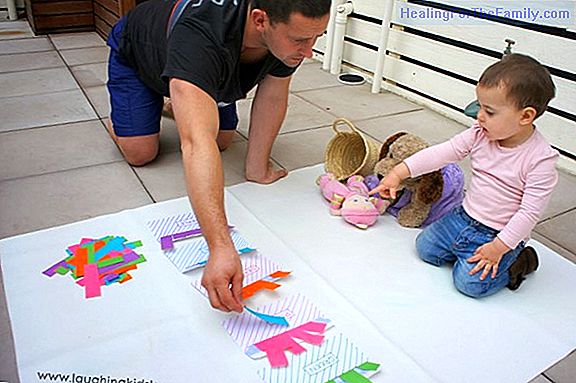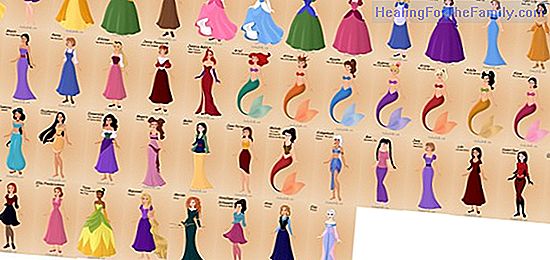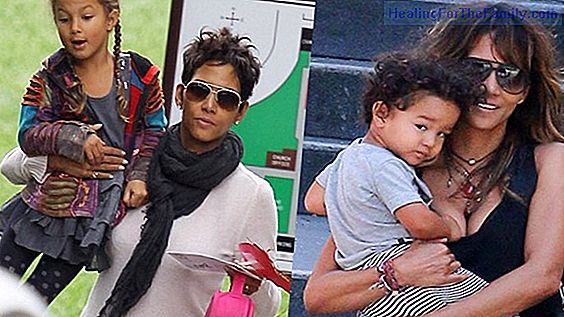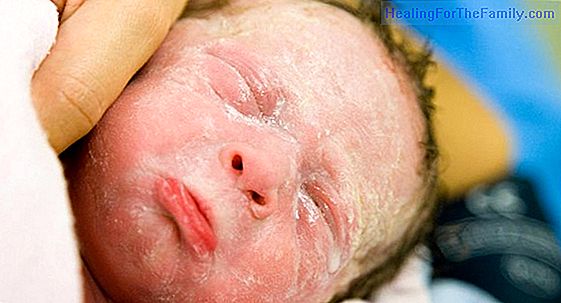Sprained toes in children
In children, most toe injuries occur during sports, during play or during falls. The risk of having an injury is higher in jumping sports, such as basketball, or in sports with quick change of direction, such as football. Any injury to a bone near a joint could injure a child's growth plate (physis)
In children, most toe injuries occur during sports, during play or during falls. The risk of having an injury is higher in jumping sports, such as basketball, or in sports with quick change of direction, such as football. Any injury to a bone near a joint could injure a child's growth plate (physis), and it needs to be evaluated.
Injuries to toes in childhood
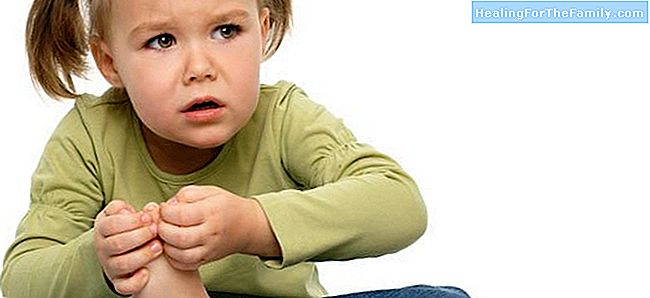
Most minor injuries heal on their own and, in general, all that is needed to relieve symptoms and promote healing is home treatment. The most serious injuries, we can identify them as:
- Sudden or acute injury: it can happen because of a direct hit, a penetrating injury, a fall or when twisting, shaking, locking or bending an extremity in an abnormal way. The pain could be sudden and intense. Bruising and swelling may develop soon after the injury. An example of this injury is sprains.
- Overuse injury: occurs when too much tension is exerted on a joint or other tissue, often by "overdoing" an activity or repeating the same activity over and over again.
Sprain of fingers in childhood
When we speak of a sprain we are referring to the alteration in the normal functioning of the ligaments that are around or around a joint to make the movement of the same be more fluid and smooth. The sprain is usually the stretching, twisting or rupture of these ligaments that occurs from a sudden movement or a hard blow located in that particular area.
Think of a rubber band, if we stretch it a lot, it ends up yielding and it becomes loose, even the inner fibers can break, because this happens to the ligaments when they have a sprain.
Symptom of sprain
The three basic symptoms of any sprain are inflammation, severe pain and bruising, we can also find heat in the area if we touch it, mainly produced by inflammation and by the hematoma.
Treatment for the toe sprain
- Do not move your joint haz, make it stand still and have the area at rest, putting it if necessary on a pillow or something padded for your comfort.-
Apply local cold , you can put ice, frozen pea bags or any other product that is moldable to fit your shape. For at least 4 or 5 days after the injury. Never apply the cold directly on the skin, cover the skin with cloth or wrap the ice or the bag in cloth, the intense cold can cause burns !.- If you can,
raise your joint in order to help reduce inflammation, but always keep it at rest. -
Take him to see a doctor , evaluate him, immobilize him and give him the appropriate treatment recommendations. This can perform an X-ray, especially to rule out a possible fracture.In summary, we will follow the general recommendations of the DICE method to minor injuries: Rest, Ice (Ice), Compression and Elevation of the injured foot and feet.
What we should never do in case of sprain
- Do not try to reduce dislocations or fractures, if done wrong can break nerves or blood vessels and cause more harm than good. Try to immobilize the area as you find it.
-
Do not break, pinch, or press the bruises. These will be reduced with the cold and with anti-inflammatory medication, and are part of the natural recovery process of the area. - Do not apply heat, ointments, or medications until you have seen a healthcare professional. They can mask symptoms and make it harder to examine the lesion.
- And most importantly, and complicated,
do not lose your temper , it is essential that your little one sees you safe and calm.



